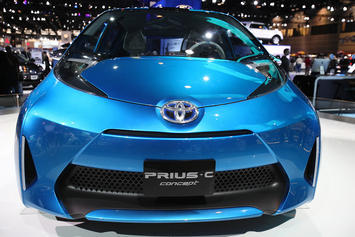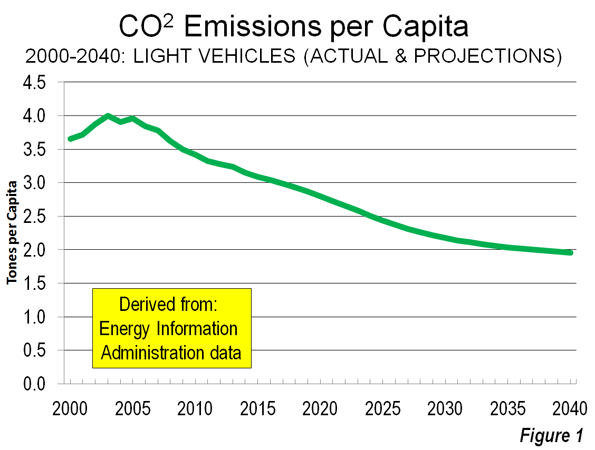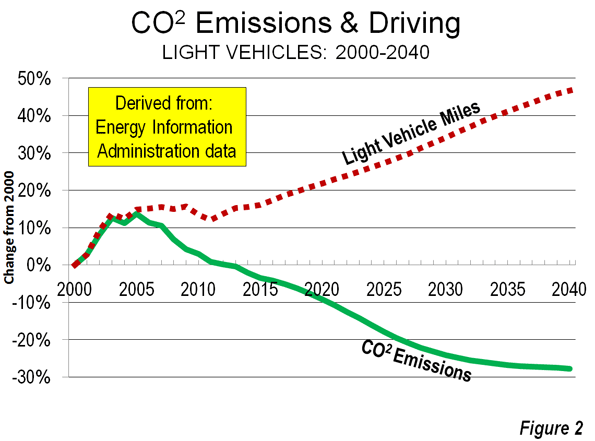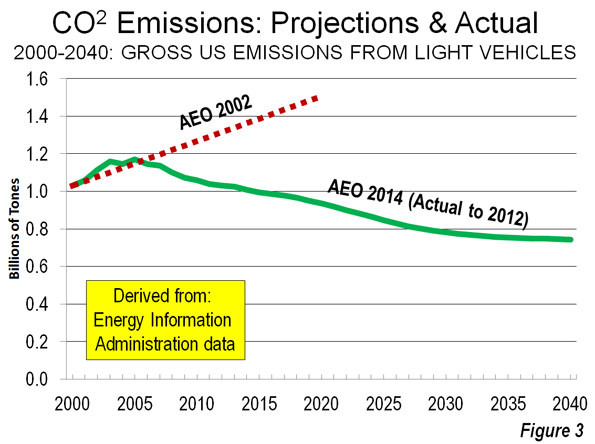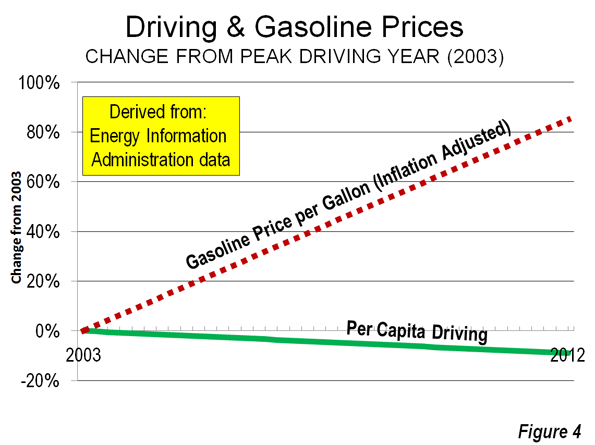AFFH Has No Basis in the Fair Housing Act
The Fair Housing Act (FHA) of 1968 was a great achievement, rightly prohibiting discrimination in the sale or rental of housing. President Obama claims that his wildly overreaching Affirmatively Furthering Fair Housing (AFFH) regulation, finalized almost fifty years later in July of 2015, is simply fulfilling the purposes of the original Fair Housing Act. That is nonsense. It’s also a classic case of left-leaning politicians achieving their ends by reading radically new meanings into well-established laws.
This week the Senate will go on record for the first time on an amendment to a THUD (Transportation and Housing and Urban Development) appropriations bill defunding AFFH. Since the House has twice passed such an amendment and is likely to do so again, the Senate vote has turned into a major showdown over Obama’s radically transformative new housing regulation.
If the Senate passes Sen. Mike Lee’s amendment defunding AFFH, President Obama will have to either accept the end of AFFH or veto the THUD bill. He will also have to decide whether to do something he has deliberately and successfully avoided for years: publicly defend his radical and sure-to-be-unpopular housing agenda.[Editor's Note 7/23/2016: Sen. Mike Lee's bill did not make it to the Vote and toothless legislation was voted on instead. Republicans and Democrats suck.]
To prevent all this, defenders of AFFH are aggressively taking the line that defunding Obama’s revolutionary new rule, which federalizes the core functions of local government and turns suburbs, towns, and even mid-sized cities into helpless satellites of nearby megacities, is nothing but a bit of new guidance showing localities how to fulfill their existing obligations under the Fair Housing Act of 1968. This is simply wrong.
The Fair Housing Act of 1968 says nothing whatever about withholding HUD grants from localities unless they nullify classic suburban zoning patterns to build high-density low-income housing. FHA is strictly about preventing overt discrimination in housing transactions. The Obama administration and its activist allies have sought to read new meanings into a few brief phrases in FHA requiring HUD to administer its programs in such a way as to “affirmatively further” the purposes of the act. Yet it’s perfectly clear that this was simply an instruction to HUD to aggressively monitor its programs to make sure that no overt discrimination was taking place.
But don’t take my work for it. Consider this account of the Fair Housing Act by Charles M. Lamb, author of a 2005 book on federal housing policy. Lamb was a fair housing specialist with the U.S. Commission on Civil Rights and has taught constitutional law and civil liberties at the University of Buffalo, SUNY. More importantly, Lamb is an enthusiastic advocate of precisely the kind of housing policy favored by President Obama. In his book, however, based on extensive archival study of the intentions behind the Fair Housing Act of 1968, Lamb makes it clear that a housing policy of the kind now favored by President Obama would have to move well beyond the intentions of the FHA itself. Here is Lamb on what he calls the “weakness” of the original FHA:
“…nothing in the Fair Housing Act expressly requires the federal government to encourage suburban racial integration through the use of subsidized housing. Nor does the Fair Housing Act forbid economic discrimination of any kind or require government to promote suburban economic integration in any way. The act certainly prohibits various forms of discrimination based on race and provides that the secretary of HUD shall affirmatively promote the goal of fair housing. Still, the Secretary’s stated duties do not include promoting suburban racial or economic integration by linking HUD funding to a requirement that low-income suburban housing also be built.” (p. 47)
Again, Lamb strongly favors aggressive attempts to control suburban housing of exactly the type now adopted by President Obama. Yet Lamb is honest enough to admit that FHA in no way authorizes such policies. I wonder if Lamb would have been so honest had he written in the wake of Obama’s attempt to radically reinterpret the plain meaning of the FHA.
Lamb also makes a point that turns out to be essential to understanding the overreach of Obama’s AFFH. The Fair Housing Act does nothing whatever to promote “economic integration.” And as Lamb also notes, “No federal court has ever declared that the Fair Housing Act requires economic integration in housing.” Yet AFFH is precisely an attempt to create a de facto legal requirement for economic integration under the cover of the FHA.
Public commenters on the first draft of AFFH recognized this. They challenged AFFH on the ground that poverty is not a “protected class” under the Fair Housing Act. Here is how HUD replied to that challenge in the finalized AFFH regulation:
“ The focus and purpose of the AFH [Assessment of Fair Housing required under AFFH] is to identify, and to begin to overcome, the causes and contributing factors that deny or impede housing choice and access to opportunity based on race, color, religion, sex, national origin, familial status, and disability. In addition, a large body of research has consistently found that the problems associated with segregation are greatly exacerbated when combined with concentrated poverty. That is the legal basis and context for the examination of RCAPs/ECAPs [Racially and Ethnically Concentrated Areas of Poverty].”
This is an extraordinarily weak argument. First, it implicitly concedes that economic integration is not in fact mandated by FHA, but needs instead to be attached to the legally protected classes by academic studies showing that poverty is an aggravating factor in housing issues. But by that reasoning, Congress’s refusal to mandate a radical new policy of government-imposed economic integration becomes meaningless. By the reasoning adopted in AFFH, any law could be indefinitely extended to suit the tastes of scholars and bureaucrats, rather than democratically elected legislators.
The spurious claim by AFFH that the federal government is now legally obligated to impose economic integration on every locality in America leads to nonsensical results. In a 2015 Rasmussen poll, 83 percent of respondents said it was not the government’s job to diversify neighborhoods by income level, while only 8 percent said that this was an appropriate task for government. Yet now, the Obama administration has promulgated a rule that effectively adds the radical new principle of government-imposed economic integration to law, when nothing of the sort appeared in the original FHA, and the public to this day overwhelmingly opposes the idea. AFFH effectively nullifies the very idea of legislative democracy.
Advocates who falsely read a policy of racial and ethnic quotas and forced economic integration back into FHA also like to quote FHA co-sponsor Sen. Walter Mondale, who said that the reach of the proposed law was to replace “ghettos by truly integrated and balanced living patterns.”
This proves nothing. Public debate over the original FHA was driven above all by the bill’s main advocate, President Lyndon Johnson. And Johnson continually made clear his belief that it was overt housing discrimination that had bottled up America’s minorities in sub-standard housing. Johnson wanted “integrated and balanced living patterns” too, but his point was that the right way to get there was by banning discrimination. Lamb’s study makes it clear that, “Johnson’s entire effort focused on nondiscrimination in urban housing,” and was not at all about pressing suburbs to take high-density low-income housing (even though Lamb himself strongly favors imposing such policies on suburbia).
In short, the claim that President Obama’s AFFH does nothing more than elaborate on obligations already implicit in the Fair Housing Act of 1968 is false. On the contrary, AFFH is an attempt to radically reinterpret FHA by creating a basis for de facto federal control of suburban zoning and planning, and a mandate for economic integration that exists nowhere in the original Fair Housing Act. AFFH is federal overreach on steroids, and deserves to be repealed and repudiated, not only on policy grounds but out of basic respect for the democratic process. Our constitutional system depends on the integrity of our laws. Once executive regulations effectively usurp the legislative power, Congress itself is rendered powerless, and our constitutional republic is lost.
— Stanley Kurtz is a senior fellow at the Ethics and Public Policy Center. He can be reached at comments.kurtz@nationalreview.com.
Editor's Note: The Marin County Board of Supervisors APPROVED of the new AFFH rules and will now be carrying out its directives. Expect that the communities with the least political power will accept the brunt of this new directive. Communities in the unincorporated areas of Marin such as Marin City, TamAlmonte, Strawberry, Kentfield, Marinwood/Lucas Valley and others are especially vulnerable.




